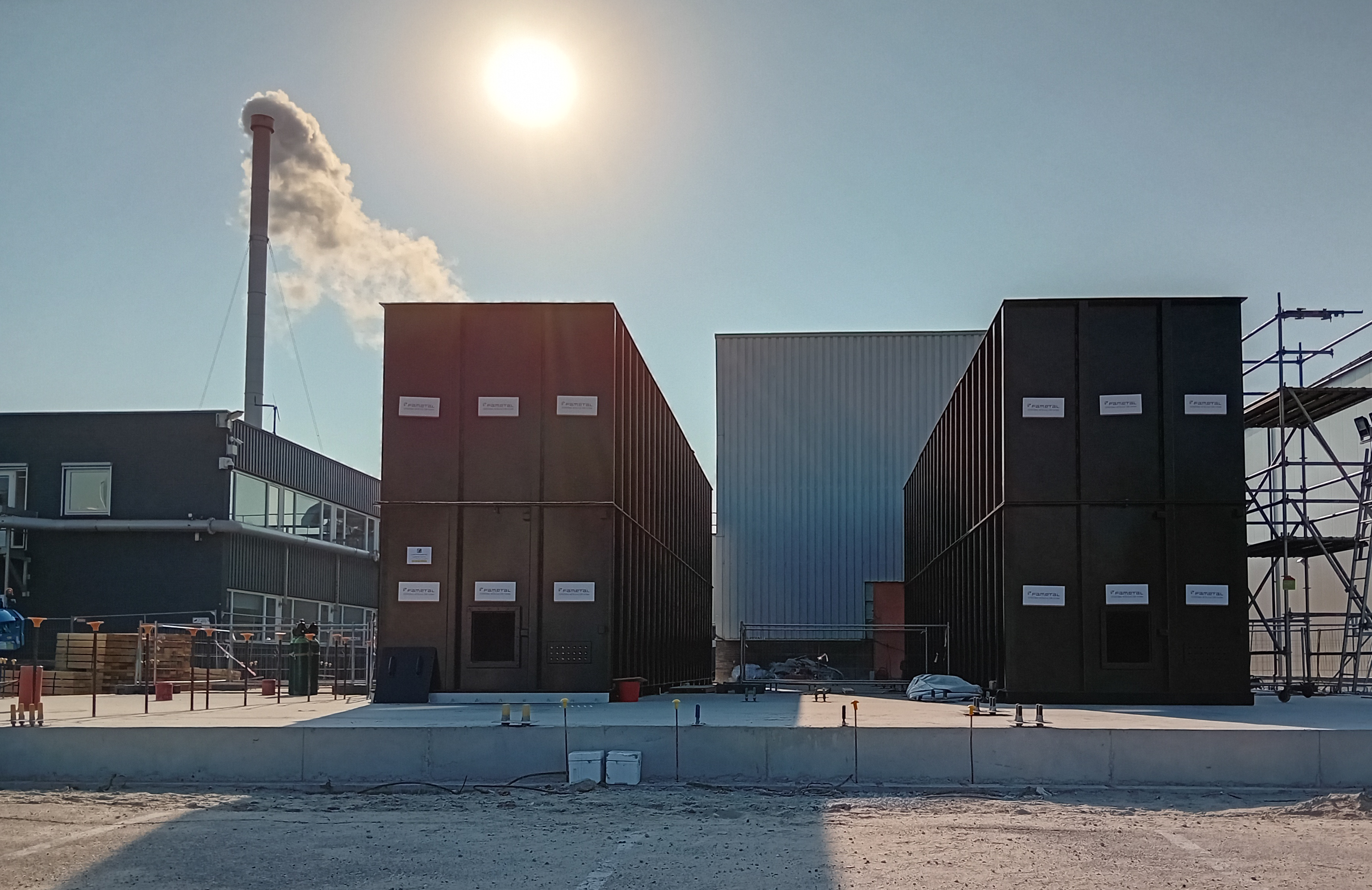A postcard from… Finland
 21
Nov
2024
21
Nov
2024
As Europe accelerates its energy transition, energy storage is emerging as a critical piece of the puzzle. These interviews explore energy storage business cases across the EU, demonstrating that these projects are viable, profitable and essential to achieving Europe’s energy security and climate goals. These success stories highlight the importance of an EU-wide Action Plan on Energy Storage. to create a supportive framework to allow energy storage to thrive and scale.
This second interview takes us to Finland where Mr Eero Hammais, Head of Communications at Vatajankoski, tells us more about the heat-storing sand battery the company built with Polar Night Energy.
Hi Eero, thank you for accepting this interview. Could you give our readers an overview of your sand battery at Vatajankoski Kankaanpää Power?
Vatajankoski and Polar Night Energy have built a heat-storing sand battery in Kankaanpää, Finland. The sand battery is an innovation that brings us one step closer to carbon-neutral district heating. The world’s first commercial sand battery stores electricity in sand as heat (500-600 Celsius degrees) which can be fed into the local district heating network. It helps to reduce emissions from fossil fuels and lowers the energy costs and risks related to energy availability and price fluctuations.
Why do you think your project is outstanding?
The Sand Battery project stands out due to its innovative approach to energy storage, utilising sand as a medium to store thermal energy. This method is not only cost-effective but also environmentally friendly, as it leverages abundant and non-toxic materials. The project addresses the critical need for efficient energy storage solutions, enabling the use of renewable energy sources more effectively. By storing excess energy generated from renewable sources, the Sand Battery can ensure a stable energy supply even during periods of low production. This groundbreaking technology represents a significant step forward in the quest for sustainable and reliable energy systems.
What are the main regulatory challenges you’ve faced in your current market, and how have you addressed them?
Regulations are not a big problem for district heating market in the Nordics. The EU Emissions trading system applies to large industrial installations and installations with a total rated thermal input exceeding 20 megawatts. In Finland, the ETS also applies to district heating plants of 20 megawatts or more. By decentralising heat production from large solid fuel burning power plants to smaller production plants around the district heating network area, emissions trading can be avoided in the long run. In any case, we strive for a fully emission-free production.
Looking at the bright side, instead, what from a regulatory point of view do you think helped the project (if any)?
In EU, heat storage is not as heavily regulated as storing electricity. Regulations posed very little challenges for the project. Sustainable heat production and storage solutions are more in our own hands, which provides opportunities for innovative solutions.
What measure for energy storage should EU policymakers prioritise – if you could only pick one?
It is important to take into account that conditions vary between countries and even cities in the EU area. In the cold conditions of the Nordic countries, it may be good to take different factors into account than in the warmer countries of southern Europe. In any case, investing in energy storage must be kept attractive from the taxation point of view and operating cost perspective in general.
- Find here more information on Vatajankoski.
- Find here our Call for an Action Plan on Energy Storage
- Find here the previous interview with Energy Dome




